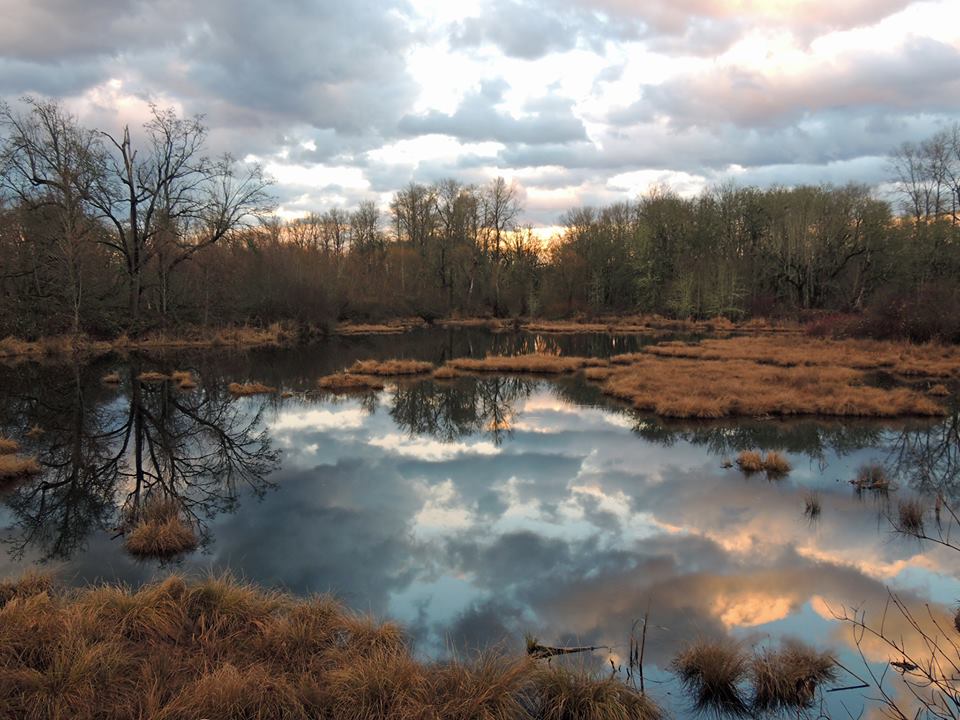Winter in the Pacific Northwest isn’t traditionally viewed as a time when we go out into nature and explore, nor is it associated with the resurgence of life and the hustle of activity. The grey skies and downpours give us an excuse to grab a book, put on a movie and relax during the short, cold days.
 While we retreat indoors, however, the estuary of the Nisqually National Wildlife Refuge comes alive. Once the seasons change and the wind blows away all the leaves from the trees, thousands of birds migrate to the refuge, and dozens of bald eagles line the shores of the river, feasting on salmon. If you haven’t seen Nisqually National Wildlife Refuge in the winter, you really haven’t see the refuge at its best.
While we retreat indoors, however, the estuary of the Nisqually National Wildlife Refuge comes alive. Once the seasons change and the wind blows away all the leaves from the trees, thousands of birds migrate to the refuge, and dozens of bald eagles line the shores of the river, feasting on salmon. If you haven’t seen Nisqually National Wildlife Refuge in the winter, you really haven’t see the refuge at its best.
Michael Schramm is the Visitor Service Specialist and a Ranger at Nisqually Wildlife Refuge. Chances are, if you follow Nisqually National Wildlife Refuge on Facebook, you have seen his stunning and gorgeous pictures from around the areas. He is often at the refuge, either alone or with his children, watching the wonders of nature and wilderness through their eyes. Ranger Michael was nice enough to talk to us about winter at Nisqually and offered a few tips to best enjoy one of Washington’s most gorgeous wildlife refuges.
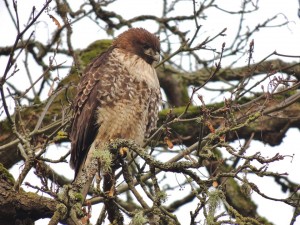
“Winter is arguably the best time to come to Nisqually,” explains Schramm. “There are no crowds and the leaves are off the trees; you will have great visibility and you will see more wildlife like eagles, owls and waterfowl.”
No matter what the season or how many times you have been there, the best place to get started when visiting the Nisqually National Wildlife Refuge is at the visitor center. Staffed with volunteers, the visitor center staff can typically answer any question, as well as provide you with updates on where to view your favorite animals and birds. While they can get really busy during the more crowded summer months, a visit in the off-season will make you a birding expert in no time at all.
If you want the best experience birding and watching wildlife during the winter, attend one of the Wednesday Morning Bird Walks put on by the Refuge. If you’d rather go solo, arrive an hour or so before high tide. As the tide waters rise over the mud, the birds will become more active and continue their activity until an hour or so after high tide. With the influx of birds and salmon, you won’t want to miss it.
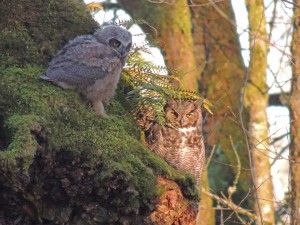
In the winter months, approximately 4,000 – 6,000 wintering geese and waterfowl can be seen in wetlands, pastures, and estuary habitats that make up the Nisqually Refuge. During the winter months, the presence of waterfowl is impossible to miss. As the returning wetlands become flooded by high tides and heavy rains, wildlife is around every corner. Winter also happens to be the peak of chum salmon in Nisqually River, which can be seen all over the refuge, including the Estuary Boardwalk Trail that re-opens at the end of January.
With huge flocks of geese and ducks in the ponds and flying overhead, and eagles chattering and soaring, it is hard to think winter at Nisqually National Wildlife Refuge could get much better. On top of the peregrine falcons that soar and swoop to catch smaller shorebirds, Nisqually attracts visitors for yet another avian beauty. Each winter, birders across the region are drawn to Nisqually, not just to see the eagles and waterfowl, but to see the newest great horned owls. Normally, the owls aren’t spotted in their nesting areas until January or so, but as of December 2015 they are nesting and visible.
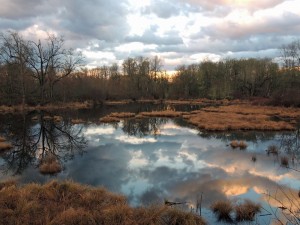
“The nest site is already found and visible for the great-horned owls,” tells Ranger Schramm. “The owls typically lay eggs at Thanksgiving and this year have nested in a tree that they have used three of the last five years. During one of the storms, the tree half broke away, completely exposing the nesting site.”
Because the owls will be so visible, the refuge is expecting a lot of photographers and possible crowds to all try and take a look at the baby owls. This is as good of time as any to remind everyone about how best to visit Nisqually. Remember, this isn’t a park; it is a refuge. The trails at Nisqually are not recreation-based, and the focus is and always will be about nature and wildlife. The unofficial goal of the refuge, as Ranger Michael Schramm told us, is to create a “Noah’s Ark for Wildlife.” With proper behavior, quiet voices and an appreciation of wilderness, we can ensure that Nisqually National Wildlife Refuge and the wildlife that visit and live here will always call the place home.
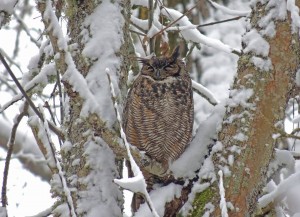
Nisqually National Wildlife Refuge in any season is gorgeous and worth the trip. With owls, geese, ducks and eagles to be seen, as well as stunning views of Mount Rainier, the Puget Sound and the Olympic Mountains, there is something special about visiting in the winter. This year, enjoy sharing Nisqually with your friends and family; there is nothing as amazing as seeing someone enjoy wildlife for the first time, right in our own backyard refuge.
Thrifty Thurston highlights inexpensive family fun in Thurston County. The weekly series focuses on family-friendly activities throughout our community. If you have a suggestion for a post, send us a note at submit@thurstontalk.com. For more events and to learn what’s happening in Olympia and the surrounding area, click here.








































